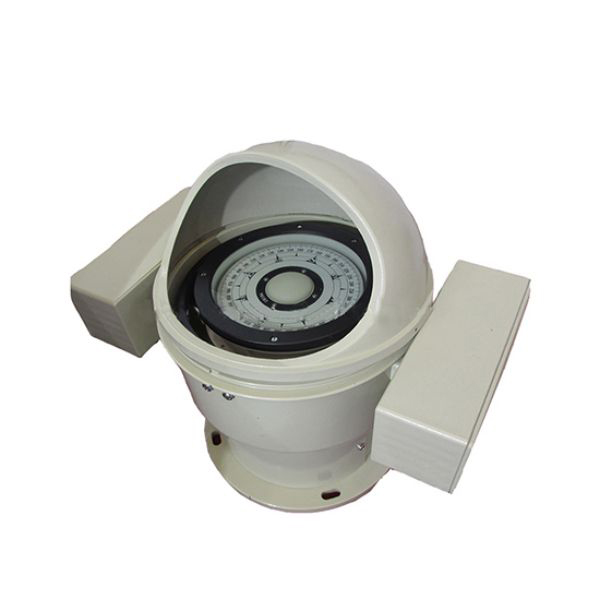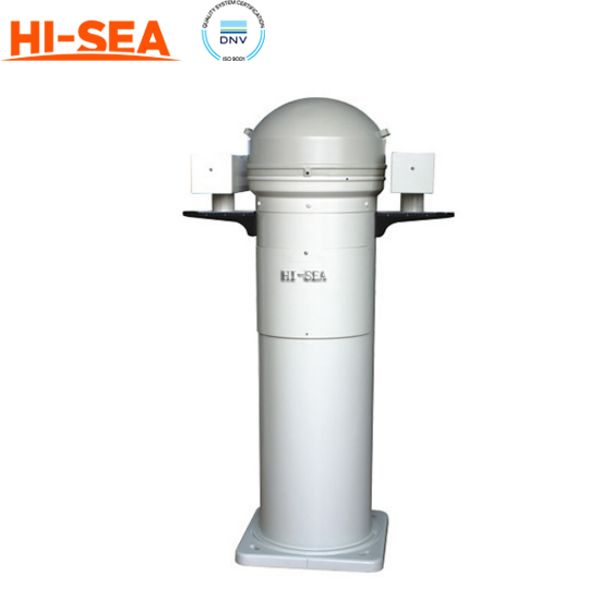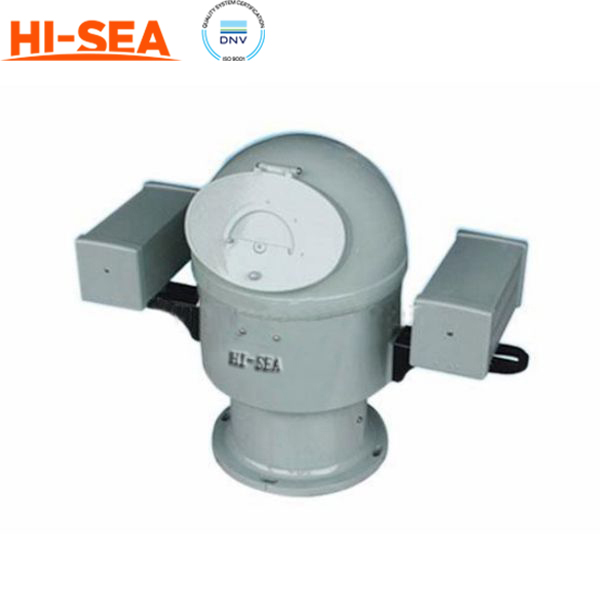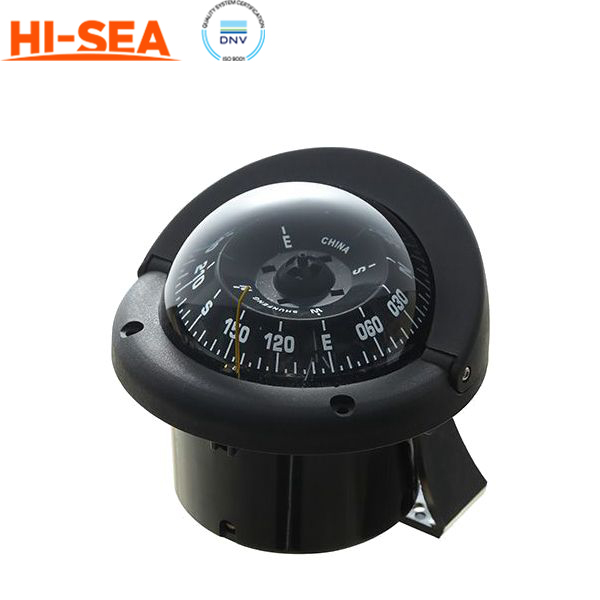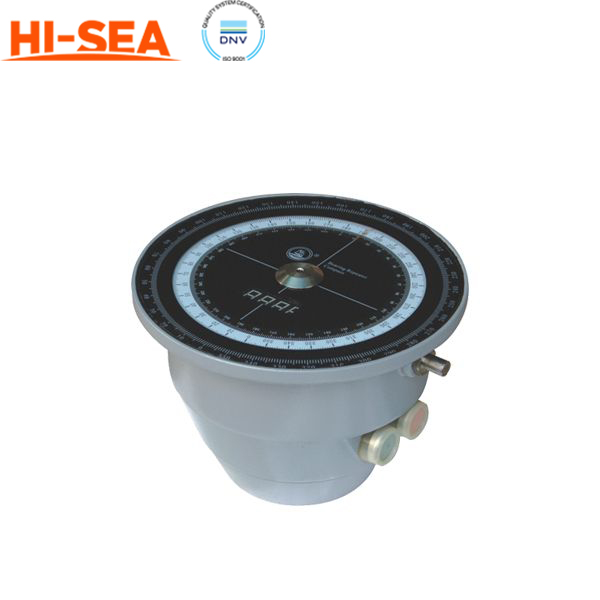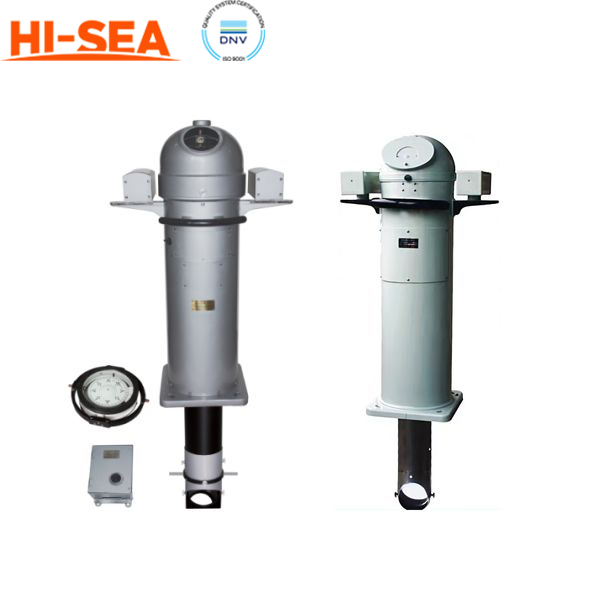MARINE & OFFSHORE EQUIPMENT
- Dredging Equipment
- Marine Deck Machinery
-
Marine Mooring Equipment
-
Marine Anchor
- AC-14 HHP Anchor
- Admiralty Anchor
- Beldt Stockless Anchor
- Bruce Anchor
- Spek Anchor
- Danforth HHP Anchor
- Delta High Holding Power Anchor
- GB11579-89 Light Weight Anchor
- Hall Anchor
- High Holding Power Mastrosov Anchor
- Hot Dip Galvanized Anchor
- Japan Stock Anchor
- JIS Stockless Anchor
- Pool Anchor
- Single Fluke Anchor
- Stainless Steel Anchor
- Stevpris MK5 Anchor
- Stingray Anchor
- US Navy Stockless Anchor
-
Marine Anchor Chain
-
Marine Shackle
- Kenter Shackle
- D Type Joining Shackle
- Pear Shaped Shackle
- Anchor Swivel Shackle Type A
- Anchor Swivel Shackle Type B
- Buoy Shackle Type A
- Buoy Shackle Type B
- C Type Detachable Connecting Link
- D Shackle
- Forelock Shackle
- Anchor Chain Swivel Group
- Straight Shackle
- Anchor Shackle
- Marine Triangle Plate
- Anchor Chain Swivel
- Anchor Chain Joining Shackle
- Anchor Chain End Shackle
- Slim Kenter Shackle
-
Chain Chaser
-
Marine Bollard
-
Marine Chock
-
Marine Fairlead
-
Marine Chain Stopper
-
Marine Mooring Reel
-
Marine Towing Bracket
-
Mooring Rope
-
Marine Towing Hook
-
Marine Shark Jaw
- Marine Fender
-
Marine Buoy
- Marine Floating Pontoon Dock
-
Marine Anchor
- Aquaculture Equipment
- Marine Outfitting Equipment
- Marine Propulsion System
-
Marine Painting
-
Marine Auxiliary Machinery
- Marine Air Compressor
- Marine Air Receiver
- Marine Sewage Treatment Plant
-
Marine Diesel Generator Set
- Marine Oil Water Separator
- Ballast Water Management System
- Marine Hydrophore
- Marine Calorifier
- Seawater Desalination Plant
-
Marine Oil Separator
- Marine Fuel Oil Supply Unit
- Marine Heat Exchanger
-
Marine Hot Well Unit
-
Marine Incinerator
-
Marine Boiler
-
Marine Valve
- JIS Marine Valve
- DIN Marine Valve
- ANSI Marine Valve
- GB Marine Valve
- CB Marine Valve
- CBM Marine Valve
-
Marine Gate Valve
-
Marine Globe Valve
-
Marine Angle Globe Valve
-
Marine SDNR Valve
-
Marine Angle SDNR Valve
-
Marine Check Valve
-
Marine Storm Valve
-
Marine Butterfly Valve
-
Marine Quick Closing Valve
-
Marine Fire Valve
-
Marine Self Closing Valve
- Marine Valve Accessories
-
Marine Pump
- Marine Centrifugal Pump
- Marine Screw Pump
-
Marine Gear Pump
-
Marine Vortex Pump
-
Marine Ejector Pump
-
Marine Diaphragm Pump
-
Marine Piston Pump
-
Marine Fire Pump
-
Marine Emergency Fire Pump
-
Marine External Fire Pump
-
Marine Ballast Water Pump
-
Marine Fuel Pump
-
Marine Lubricating Oil Pump
-
Marine Bilge Pump
-
Marine Sewage Pump
-
Marine Domestic Water Pump
-
Marine General Pump
-
Marine Cargo Oil Pump
-
Marine Hand Pump
- Marine Pump Parts
- Marine Life-saving Equipment
- Fire-fighting Equipment
- Marine Cable
- Marine Electrical Equipment
- Marine HVAC
-
Labour Protection Appliance
- Marine Decorative Material
-
Marine Anode
- Marine Pipe Fitting & Flange
- Marine Instrument
- Ship Building Equipment
INDUSTRY EQUIPMENT
- Hoisting Equipment
- Welding Machine & Material
-
Cutting Machine
- Container Securing Fitting
- Link Chain
- Container & Storage Equipment
-
Diesel Generator Set
- Other Equipment and Tools
- Petrochemical Equipment
- Fiber Reinforced Plastics
- Polymer Materials
- Environmental Protection Series
- Geo-products and Building Materials
- Metal Mesh
- Steel Grating
-
Earthwork Teeth
-
Turnbuckle
STOCK LIST
Contacts
 Tel:+86-23-67956606
Tel:+86-23-67956606
 FAX:+86-23-67956622
FAX:+86-23-67956622
 Email:manager@cqhisea.com
Email:manager@cqhisea.com
Working Time: 9:00--17:00
Working Day: Monday to Friday Website: www.cqhisea.com

CPT-130A Table Model Magnetic Compass
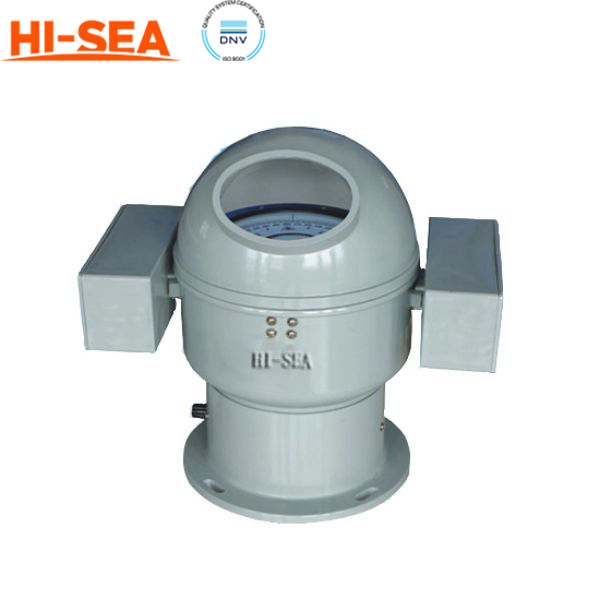
CPT-130A Table Model Magnetic Compass
The Scope of Application:
The CPT-130A Table Model Magnetic Compass is suitable for the large and middle motorized fishing boats and small steel vessels acting as steering compass.
Product Characteristic:
CPT-130A Desktop Magnetic Compass is a sort of table model liquid magnetic compass.
The product has the advantages of simple structure, complete function, convenient correcting difference, accurate direction, stabilization and reliable .
Product Standard:
GB/T 10104-1995 (General Technical Terms of Marine Magnetic Compass Class B)
Product Specification:
Dial Diameter
Φ130mm
Dial graduation
0°~360° 1°for each grid
Using
temperature
-25℃~60℃
Indicating
deviation (H=35μT,T=20±3℃)
≤1.5°
Half period(H=35μT,T=20±3℃)
≥5.59 S
Friction deviation(H=35μT,T=20±3℃)
≤0.26°
Main semicircle self-heterodyne
correcting energy
1°~45°
Quadrant self-heterodyne
correcting energy
0.5°~7°
Inclining self-heterodyne
correcting energy
-75~+75μT
Lighting power
supply
DC 24V
Outline
Dimension
390×240×370mm
Diameter of
mounting holes
Pitchrow 214
ApertureΦ12
weight
7.5kg
Selecting a marine magnetic compass:
1. Size: The size of the compass should be appropriate for the size of the vessel and the size of the compass rose. A larger compass is generally easier to read, but it may not fit in smaller vessels or spaces.
2. Type of vessel: The type of vessel can affect the type of compass needed. For example, a high-speed powerboat may require a more stable and accurate compass than a sailboat, which may be more affected by wind and sea conditions.
3. Navigation requirements: The navigation requirements of the voyage should also be taken into account. If the voyage is in an area with high magnetic interference or variation, a compass with compensation or correction capabilities may be needed.
4. Accuracy: The accuracy of the compass is critical for safe navigation. Look for a compass with a high level of accuracy, stability, and repeatability.
5. Ease of installation: The compass should be easy to install and maintain. Consider factors such as the mounting location, ease of adjustment, and compatibility with other onboard systems.
6. Lighting: Look for a compass with adequate lighting, such as built-in illumination or compatibility with external lighting systems. This is important for night-time navigation.
7. Certification: The compass should be certified by an appropriate authority, such as the International Maritime Organization (IMO) or the American Boat and Yacht Council (ABYC), to ensure compliance with safety and performance standards.
Photo of CPT-130A Table Model Magnetic Compass:
